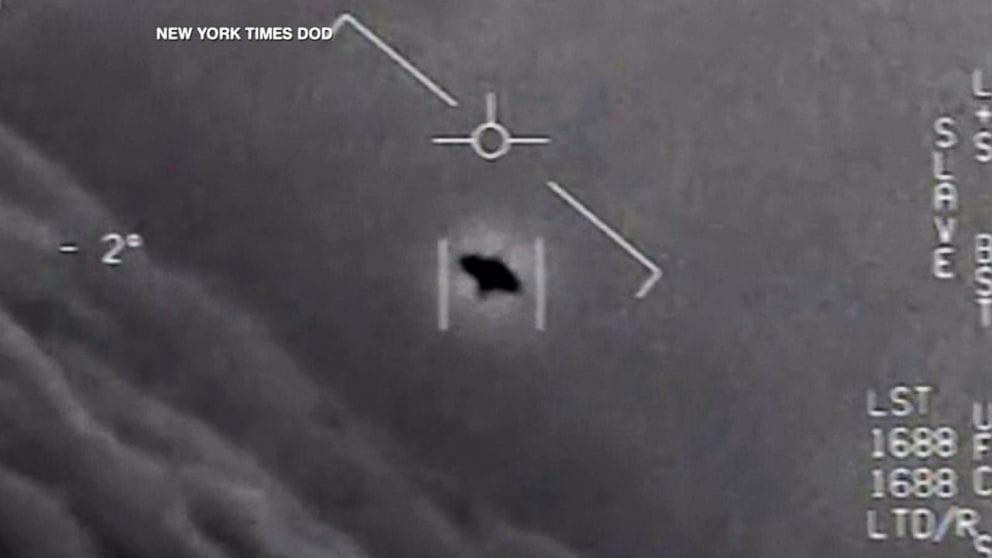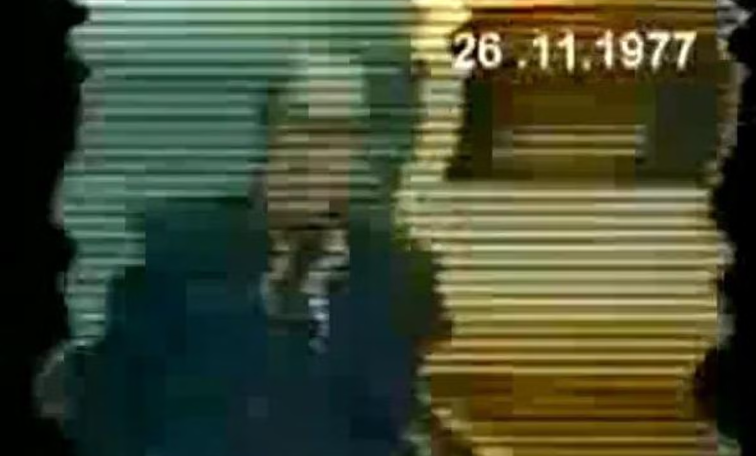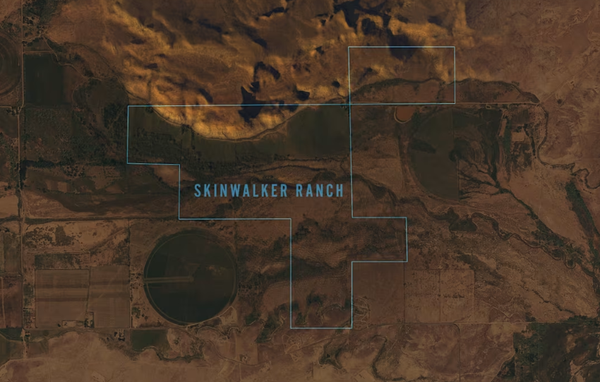Case File — USS Nimitz “Tic Tac” (2004)

Overview
In November 2004, pilots from the USS Nimitz Carrier Strike Group intercepted a white, wingless object over the Pacific that moved in ways they could not explain. A second flight recorded the now-famous FLIR video. Years later, the Department of Defense officially released that footage and the Navy confirmed it as authentic UAP material. CBS NewsU.S. Department of DefenseNaval Air Systems Command
Timeline
- Nov 10–14, 2004: USS Princeton’s radar repeatedly tracks unknown targets off Southern California and vectors aircrews from the Nimitz to intercept. HISTORY
- Nov 14, 2004: Cmdr. David Fravor and Lt. Cmdr. Alex Dietrich visually observe a white, oblong “Tic Tac” above an ocean disturbance. They report rapid maneuvers and no visible control surfaces. CBS News
- Later that day: A second sortie including WSO Lt. Cmdr. Chad Underwood records the FLIR1 video, the clip most people associate with the Nimitz event. Underwood later says he coined the “Tic Tac” nickname. New York Magazine
- Apr 27, 2020: DoD publishes the FLIR, GIMBAL, and GOFAST videos; Navy’s FOIA library hosts the files. U.S. Department of DefenseNaval Air Systems Command
- Jun 25, 2021: ODNI’s preliminary UAP assessment cites data limitations and pilot safety concerns. Director of National Intelligence
Primary sources
- DoD release confirming the videos: Statement and links. U.S. Department of Defense
- NAVAIR FOIA reading room: downloadable FLIR, GIMBAL, GOFAST files. Naval Air Systems Command
- 60 Minutes segment with Fravor and Dietrich recounting the intercept. CBS News
- Underwood interview on recording FLIR and coining “Tic Tac.” New York Magazine
- ODNI preliminary report on UAP. Director of National Intelligence
Claims and counterclaims
Claim: Multiple sensors and pilots observed an object with extreme acceleration and no obvious propulsion.
Counterpoints: Analysts propose prosaic explanations like distant aircraft, parallax, gimbal and glare artifacts, and tracking-mode jumps that create the illusion of abrupt motion. The AARO and independent researchers have presented such analyses for other Navy videos, and skeptics argue similar effects could explain parts of FLIR1. AAROMetabunk
Claim: The DoD release means the object is exotic.
Counterpoint: DoD’s publication and Navy confirmation authenticate the videos without identifying the object’s origin. Official language frames them as UAP and emphasizes pilot safety, not extraterrestrial conclusions. U.S. Department of DefenseTIME
Credibility meter
Score each 1 to 5.
- Witnesses: 4
Multiple trained observers plus radar operators describe consistent behavior. CBS NewsHISTORY - Physical evidence: 2
No recovered materials. Main data are video and radar operator accounts. - Documentation: 4
Official videos and an ODNI report exist, though raw sensor data are limited. Naval Air Systems CommandDirector of National Intelligence - Expert review: 2–3
Competing analyses exist and no consensus explanation is accepted. AARO
Overall: ~3.2 (mixed but noteworthy)
Red flags
- FLIR1 lacks range and altitude context. Camera mode changes can mimic abrupt motion. Metabunk
- Public documentation is partial. Some data and telemetry remain classified or unavailable, which restricts definitive conclusions. Director of National Intelligence
What we know
- The 2004 FLIR video and two later Navy clips were officially released by DoD and hosted by the Navy FOIA library. U.S. Department of DefenseNaval Air Systems Command
- Naval aviators publicly described the 2004 encounter on national television. CBS News
Unknowns
- The object’s identity, range, and performance characteristics remain unconfirmed with public data. Director of National Intelligence
- Whether multiple radar and visual reports in the period all refer to the same phenomenon. HISTORY
Where to dig next
- Compare the FLIR track to sensor geometry and wind to test parallax or target-aircraft hypotheses. Metabunk
- Seek corroborating deck logs, SPY-1 radar snapshots, and aircrew tapes via FOIA to anchor the timeline. Naval Air Systems Command
- Cross-check the Fravor–Dietrich visual with Underwood’s FLIR to assess whether they captured the same object or separate events. New York Magazine
Receipts
- DoD release: “Statement by the Department of Defense on the Release of Historical Navy Videos.” U.S. Department of Defense
- Navy FOIA library with the videos. Naval Air Systems Command
- 60 Minutes interview with Fravor and Dietrich. CBS News
- Underwood Q&A on filming FLIR and the “Tic Tac” name. New York Magazine
- ODNI Preliminary Assessment (2021). Director of National Intelligence




